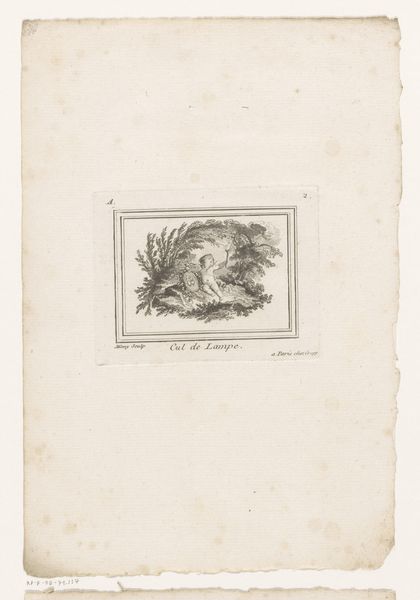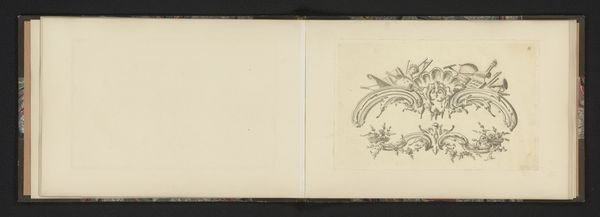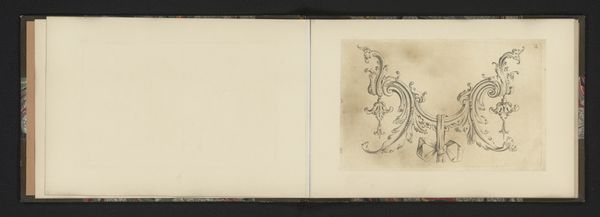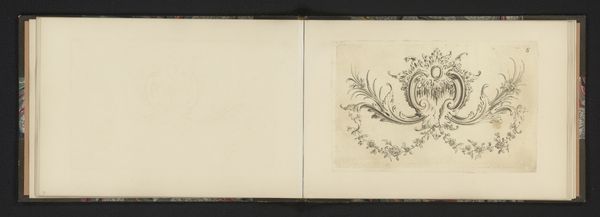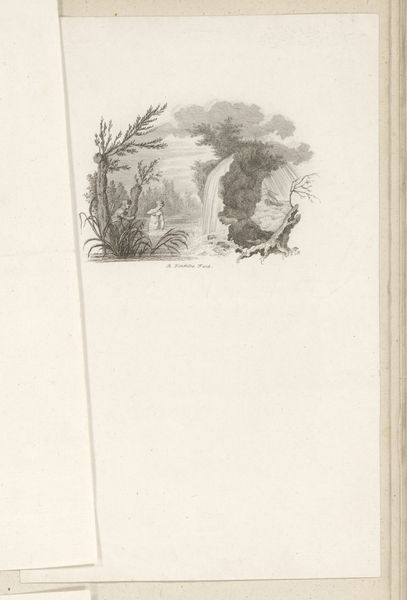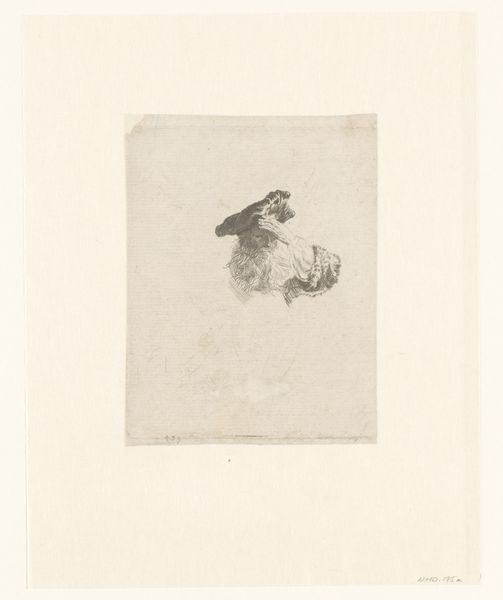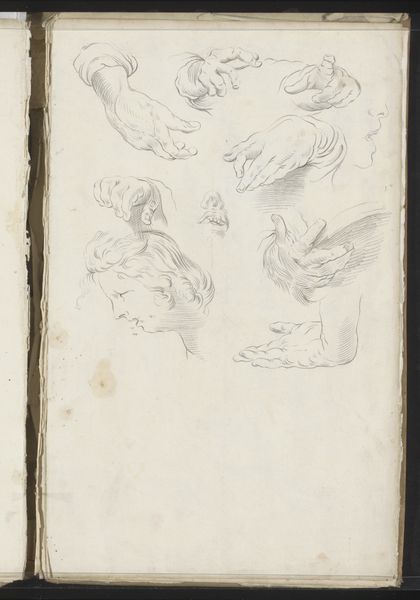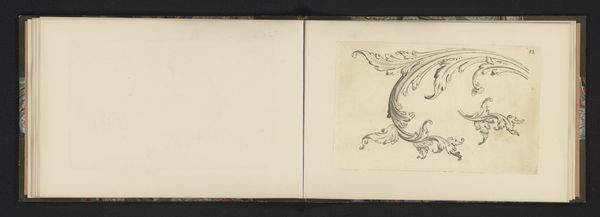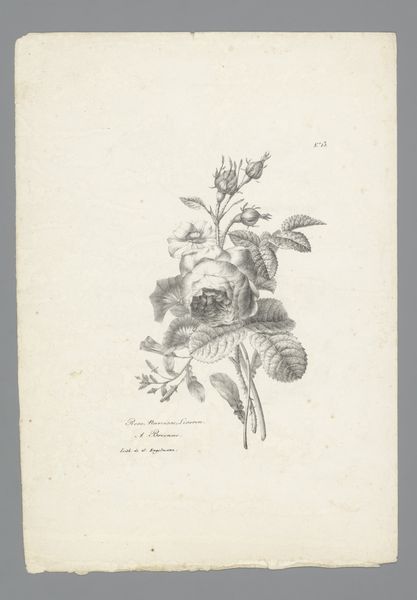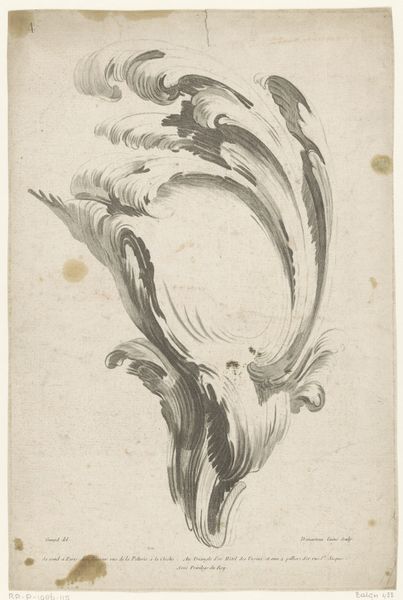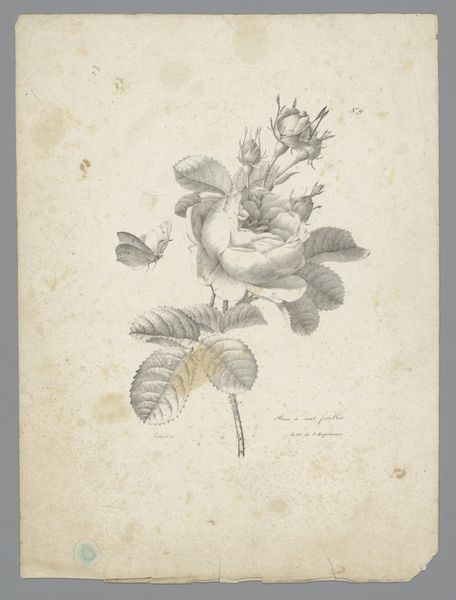
drawing, paper, dry-media, pencil
#
pencil drawn
#
drawing
#
aged paper
#
toned paper
#
light pencil work
#
pencil sketch
#
figuration
#
paper
#
dry-media
#
personal sketchbook
#
ink drawing experimentation
#
pencil
#
ink colored
#
sketchbook drawing
#
genre-painting
#
sketchbook art
#
realism
Dimensions: height 205 mm, width 164 mm
Copyright: Rijks Museum: Open Domain
Editor: Here we have "Studieblad met twee kippen en een haan," or "Study Sheet with Two Chickens and a Rooster," by Aert Schouman, dating from 1720 to 1792. It’s a pencil drawing on paper, and what strikes me immediately is its quietness. The soft lines create a sense of calm domesticity. How do you interpret this work? Curator: It's interesting that you pick up on its quiet nature. I see this work not merely as a study of poultry, but as a reflection on the order of nature, on a symbolic level. The rooster, of course, traditionally signifies vigilance and resurrection, announcing the dawn – a potent symbol across many cultures. Do you think the artist consciously included those themes here? Editor: That's a fascinating idea! I hadn't considered the rooster's symbolism. I was more focused on the almost casual arrangement of the animals. It felt more like a quick sketch than a deliberate statement. Curator: Even quick sketches carry symbolic weight, even unconsciously so. In the 18th century, images of animals were often infused with moral and allegorical meaning. These aren't just chickens; they’re embodiments of virtues or vices depending on the context. What do you make of the positioning of the rooster *above* the hens? Editor: Well, visually, it could just be composition – the rooster’s comb provides a strong focal point. But thinking about it now, placing him above could also indicate a certain dominance or hierarchy within this little barnyard scene. Curator: Exactly! Consider the broader social context too: societal hierarchies and roles, reflected even in the seemingly mundane. Perhaps Schouman offers us a subtle commentary on these structures through his barnyard tableau. Editor: I never would have thought of it that way! It’s amazing how much history and meaning can be packed into a simple drawing of chickens. Curator: Indeed! And that's the beauty of art. It's always revealing. Always referencing deeper symbols that help us to know more about not only what the artwork itself stands for, but its culture of origin, too.
Comments
No comments
Be the first to comment and join the conversation on the ultimate creative platform.
